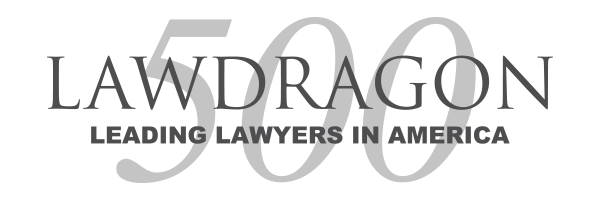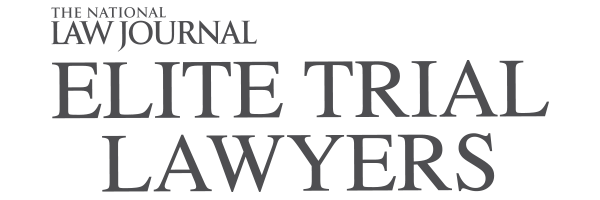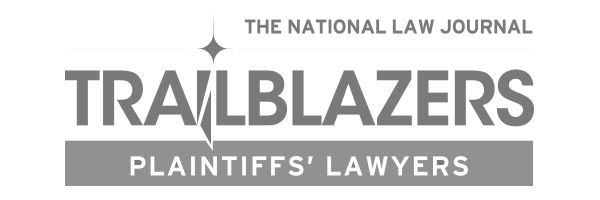Billing Fraud and Lack of Medical Necessity
Perhaps the most straightforward and common form of health care fraud concerns fraudulent billing of Medicare, Medicaid, and other government programs by health care providers for services that are not provided or that are not necessary and proper. This type of fraud takes many forms. False Claims Act whistleblowers have brought hundreds of successful qui tam lawsuits challenging all manner of improper billing schemes.
Simply put, if a medical provider bills for services that were not provided, bills for services that are not necessary and proper, bills for patient visits that are fictitious, bills at a level that is not justified by the treatment that was provided (so called “up-coding”), improperly “unbundles” charges that should be reduced through bundling, or otherwise seeks to bill in a manner contrary to law, the False Claims Act has been violated.
Government health care plans, such as Medicare, will generally cover qualified costs of “reasonable and medically necessary” services for persons over 65. Medicare providers are required to provide services “economically and only when, and to the extent, medically necessary.” In order to be paid by Medicare for services provided, these providers must certify, on forms called CMS-1500, that the services it provided were “medically…necessary to the health of the patient.”
The mechanism by which medical providers specify the services provided to government health care program beneficiaries is through a set of universal code sets that specify every procedure or service provided. Commonly used systems include the American Medical Association’s Current Procedural Terminology (or “CPT”) codes; International Classification of Disease (or “ICD-9”) codes; and Healthcare Common Procedure Coding System (or “HCPCS”) codes. These coding systems correspond to various levels of compensation that government health care programs will pay for the respective services.
Upcoding schemes can be reflective of fixed policies by providers to submit claims for certain services at a level (or code) that categorically does not apply to each (or even to any) treatment or other service provided to that set of patients. Often this type of upcoding reflects a more serious, more prolonged, or more complex set of treatments or episodes of care than was actually justified to designate based upon the services provided. Sometimes unnecessary tests or other treatment is ordered where it is not warranted.
With respect to many procedures or treatments, Medicare and Medicaid require a fixed sum be paid for a certain set of bundled services. Common among these are laboratory tests that are part of a single patient visit. The aggregate rate of reimbursement to medical providers for these services is generally less (and sometimes significantly so) than what would be paid by the government in total if each part of the bundled services were to be billed separately. For this reason, medical providers have a direct economic incentive to “unbundle” such services and bill government programs separately for their cost. This will often violate the False Claims Act.
Kickbacks and the Stark Law
In addition to violations of the federal Anti-Kickback Statute, many financial arrangements among medical providers violate the federal Stark law, 42 U.S.C. § 1395nn. That law prohibits the referral of Medicare or Medicaid patients for designated health services to an entity with which a referring physician has a financial relationship, in the absence of any applicable safe harbor.
The Stark law is designed to ensure that medical decisions, including decisions about where to send patients for medical treatment, are not influenced by the financial interests of a medical provider. Because of the complexity of financial relationships in health care, whistleblowers under the False Claims Act are often critical to detecting and disclosing these improper financial arrangements to authorities.
Like the Anti-Kickback Statute, violations of the Stark Law cannot be directly addressed by private litigation. However, such violations, like violations of the AKS, provide a basis for a case under the False Claims Act because claims for payment presented to government health care programs that are tainted by violations of the Stark law are not eligible for payment. In other words, if a health care provider submits a claim to Medicare which derives from a prohibited referral source, it becomes a false claim to which False Claims Act liability can attach.
In particular, Medicare providers must routinely certify compliance with both the Anti-Kickback Statute and the Stark law. The certification provides: “I agree to abide by the Medicare laws, regulations, and program instructions that apply to this provider …. I understand that payment of a claim by Medicare is conditioned upon the claim and the underlying transaction complying with such laws, regulations, and program instructions (including but not limited to, the Federal anti-kickback statute and the Stark law), and on the provider’s compliance with all applicable conditions of participation in Medicare.”
The Stark law, passed by Congress to curb the overuse of Medicare services by physicians who profit by referring patients to facilities in which they have a financial interest, generally prohibits a physician from referring Medicare patients to an entity for designated health services for which Medicare would otherwise pay, if the physician has a financial relationship with the entity, unless an exception to this rule applies via one of its many “safe harbor” provisions.
The Stark law contains two general prohibitions that are subject to several safe harbor exceptions. First, the Stark law prohibits a physician from referring a patient to an entity for the furnishing of designated health services if that physician (or his or her immediate family) has a financial relationship with the entity. Second, the Stark law prohibits the entity from presenting or causing to be presented any claim for Medicare reimbursement for designated health services that was furnished pursuant to a prohibited referral. In this way, the Stark law seeks to police and punish both the provider of medical services and the physician who improperly referred the patient.
The Stark law, by itself, creates a strict liability regime in the absence of any applicable safe harbor exception. Regardless of whether the physician or entity in question intentionally violated the Stark law, if it is violated by an improper financial arrangement and patient referral, payment cannot be made by Medicare. Any payments made by the government in such circumstance must be promptly returned to the government health program as well.
Thus, even where the medical service provided is medically necessary and effective for treatment of a patient’s condition, no claim for such service where made pursuant to a referral tainted by a Stark law violation may be submitted to Medicare or Medicaid.
Though the Stark law permits the Secretary of Health to create regulatory exceptions, many common services in the health care field are considered “designated health services” and thus services that are subject to the strictures of the Stark law. These include clinical laboratory services; physical therapy services; occupational therapy services; outpatient speech pathology services; radiology and certain other imaging; radiation therapy services and supplies; durable medical equipment and supplies; prosthetics, orthotics, and such supplies; home health services; outpatient prescription drugs; and inpatient and outpatient hospital services.
Where it is determined that a violation of the Stark law has occurred, penalties include denial of payments, repayments, civil penalties, and potential exclusion from participation in Medicare or Medicaid services. Among the penalties are those provided by the False Claims Act, including triple damages.
Unfortunately, the Stark law is notoriously complex. CMS has issued several iterative revisions to the Stark law and several advisory opinions regarding various relationships and their legality in view of the Stark law. For example, services billed as part of composite rates are often not considered “designated health services” for purposes of the Stark law; except where the composite rate service itself is on the designated health services list, such as hospital services or home health services. For this reason, there are no absolute bright line rules and a careful read of the regulations with particular focus on the Stark law’s safe harbor exceptions is imperative for any whistleblower contemplating a False Claims Act case premised upon such violations.
Hospitals are often at the center of Stark law violations, given that the vast majority of hospital services are referred or ordered by physicians and hospitals have numerous financial relationships with those physicians. In addition, hospitals directly submit claims to the government for payment (as do physicians for their part of Medicare and Medicaid payments).
Courts examining False Claims Act cases premised upon violations of the Stark law generally proceed in two steps: first, by asking whether a “financial relationship” exists as defined by the statute; and, second, assuming one does, asking whether a statutory or regulatory exception applies to protect the financial relationship.
The Stark law casts a wide net, defining “financial relationship” to include a “compensation arrangement” between a hospital and a physician involving remuneration that is paid directly, indirectly, overtly, or covertly, in cash or kind. An “indirect” relationship, per regulations, exists when (1) there is an unbroken chain between the referring physician and the hospital; (2) the referring physician (or immediate family member) receives aggregate compensation that “varies with, or otherwise takes into account, the volume or value of referrals or other business generated” by the referring physician for the hospital; and (3) the hospital knows or reasonably should know about the mechanics of the arrangement. Where established, this financial relationship may only escape the Stark law’s prohibitions if the hospital can demonstrate that in fact the relationship and arrangement fall under an applicable exception.





